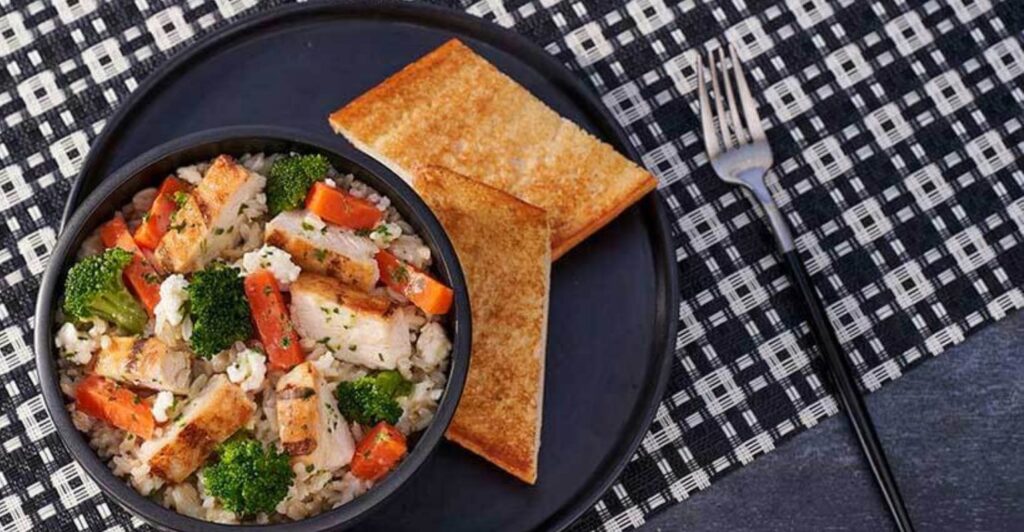The rise in popularity of hunger-suppression drugs like Ozempic has been troubling grocers, restaurateurs, and others in the food industry for a couple of years now, but a new report from data analytics firm YouGov suggests Nestlé might have cracked the GLP-1 code.
YouGov noted that nearly two out of every five Americans (38%) would take a GLP-1 drug if prescribed by a doctor. As their use becomes more common, grocers are particularly concerned that it will negatively impact their bottom line.
While the diet drug does reduce snacking, a closer look at shopping trends reveals that GLP-1 users are more inclined to purchase frozen foods compared to the general population.
Nearly three-quarters of Ozempic users (74%) said they tend to stock up on frozen foods when they are on sale. That’s compared to just under two-thirds (65%) of consumers not using the GLP-1 drug.
Ozempic users are also more loyal to frozen food brands, with 57% saying they stick to the same brands, while 51% of the rest of the public.
“According to our data, 36% of Ozempic current customers say they only buy foods that can be cooked or eaten from frozen compared to the national average of 30%. Over a third (36%) of Ozempic users say their lifestyle doesn’t allow them time to prepare and cook food compared to a 31% national average,” the report noted.
This could be good news for Nestlé, which recently launched Vital Pursuit, a line of frozen meals marketed as a “companion” for the GLP-1 medications.
In May, the company released the frozen meals, noting that they are “high in protein, a good source of fiber, contain essential nutrients, and they are portion-aligned to a weight loss medication user’s appetite.”
Nestlé is marketing Vital Pursuit as the first brand intended specifically for GLP-1 users.
“As the use of medications to support weight loss continues to rise, we see an opportunity to serve those consumers. Vital Pursuit provides accessible, great-tasting food options that support the needs of consumers in this emerging category,” Nestlé North America CEO Steve Presley said in a press release in May. “We’re leveraging our deep understanding of consumers and nutritional science to stay ahead of the trends that are shaping consumer behaviors, and innovating across our portfolio to deliver products people will love.”
The line includes a variety of dishes, including pasta, sandwich melts, pizzas, and bowls. The suggested retail price is $4.99, the company said.
Nestlé noted in the May press release that, according to the American Pharmacists Association, one in 60 adults were prescribed GLP-1 drugs in 2023, and that number is expected to increase in 2024.
“J.P. Morgan Research predicts that total GLP-1 users in the U.S. may reach 30 million by 2030—or around 9% of the population,” according to Nestlé.
A report released in December by data analytics firm Numerator showed that although the drug was originally intended for diabetes management, nearly half of all users now take the medication to lose weight.
Walmart CEO John Furner acknowledged the trend in October during an interview with Bloomberg, where he said the popularity of the drug has resulted in a slight pullback in purchases.
“We definitely do see a slight change compared to the total population, we do see a slight pullback in overall basket,” Furner told Bloomberg. “Just less units, slightly less calories.”


